How to Keep Your Dog’s Skin and Coat Healthy
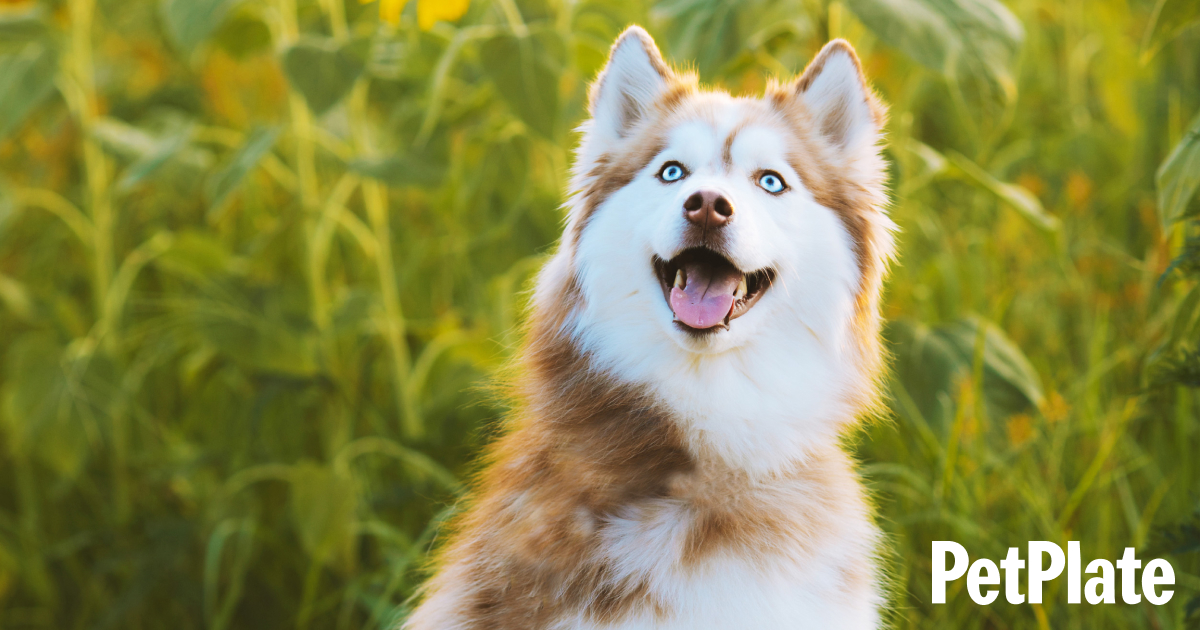
One of your most serious responsibilities as a pet parent is to help keep your dog’s skin and oat as clean and healthy as possible. This can be tricky to accomplish since dogs of all breeds are vulnerable to conditions that can compromise the health of their skin and fur.
Dry skin, hair loss, and accompanying complications are among the most common health problems dogs experience. There are many potential causes of skin and coat disorders, and it’s always best to consult a vet first. You’ll also have to carefully observe your dog’s condition and symptoms to spot the true reason for their ill health and discomfort. Once you know what’s going on, you can act appropriately, taking steps to help your dog heal and reduce their risk of relapse in the future.
Common Dog Skin Conditions
Virtually all dogs will have problems with their skin and coat at some point in their lives. It is a sure sign that something is wrong when their skin becomes overly dry or flaky, or they develop scabs because of itching. Another indicator of trouble is when a dog’s hair starts falling out, especially if it comes out in patches or chunks.
These are all typical effects associated with common skin and coat disorders. The list below will introduce you to some of these conditions and offer suggestions on how to treat them:
Hot Spots
A hot spot is a patch of moist and irritated skin resulting from too much chewing on or licking a sensitive or inflamed area. Bacteria from the mouth can infect the site. Matted hair often forms over hot spots, making it hard to see if you don’t examine the affected area.
Hot spots are most likely to develop on dogs that live in hot and humid climates or have especially thick fur.
How to Treat Hot Spots
The first step is to shave the infected areas so the skin can breathe. Then, wash off the irritated skin with a diluted chlorhexidine solution. Chlorhexidine is an antiseptic frequently used to combat infectious agents.
To prevent further problems, you should groom your dog regularly. You should also dry them thoroughly whenever they’ve been swimming or out in the rain.
Yeast Overgrowth
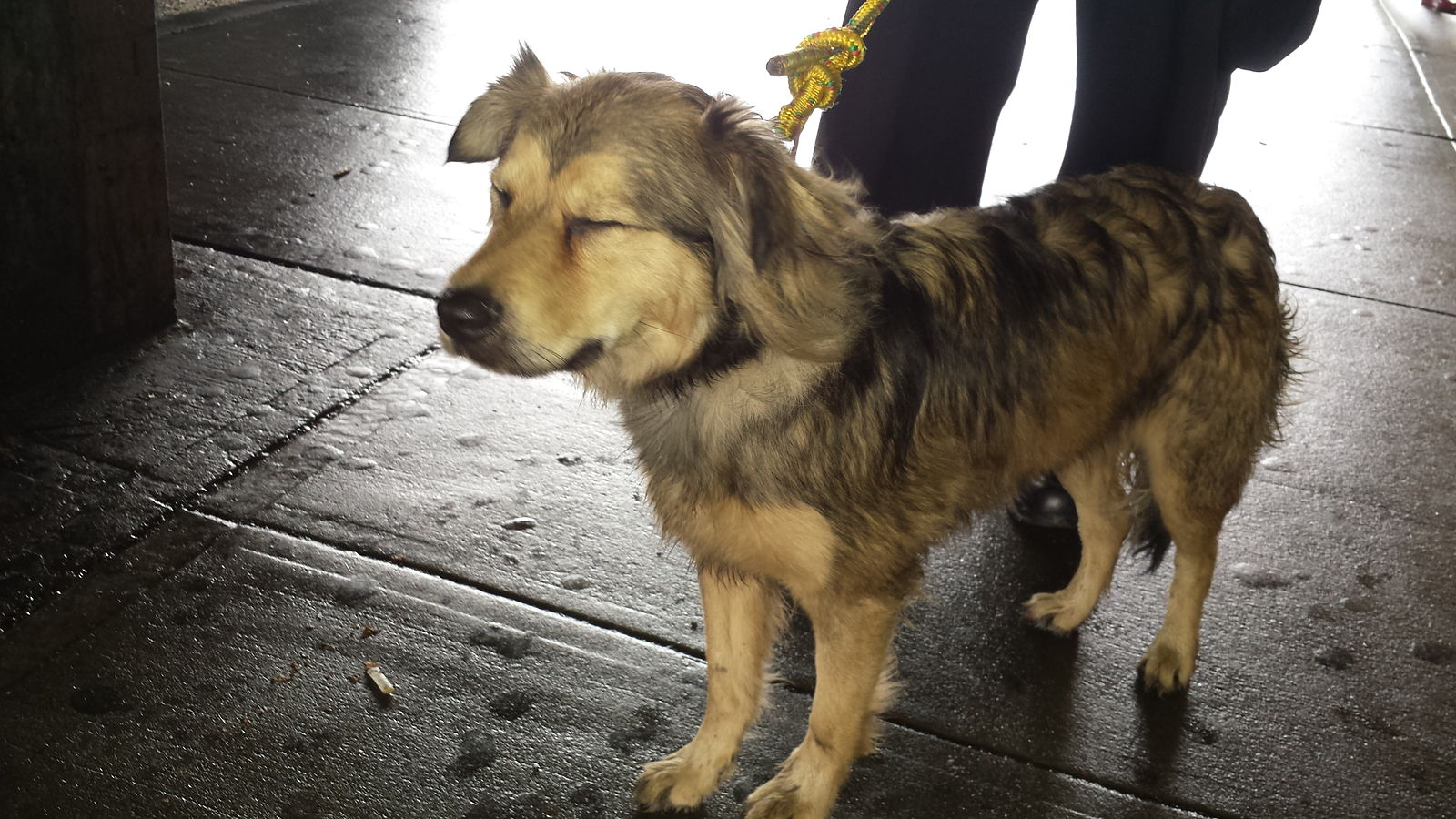
Yeast are tiny fungi that reproduce by budding. While it’s normal for a dog to have some yeast on their skin, if it spreads too fast or becomes too dense, the result can be an infectious condition that causes badly inflamed, itchy skin. It can also cause greasy skin, and have a cheese-like or musty odor.
Yeast infections thrive in humidity, and generally develop when a dog’s skin retains a lot of moisture. The most common site of a yeast infection is inside the ears, although it can develop just about anywhere….especially dark, folded over places like the armpit or groin.
How to Treat Dog Yeast Infections on the Skin
You can apply a mild anti-fungal shampoo every three days for about two weeks. To prevent future yeast overgrowth problems, you should try to dry your dog thoroughly whenever they get wet. A nutritious diet comprised of only high-quality ingredients—like the kind we offer through PetPlate meal plans, for example—will offer your dog extra protection against further yeast infections.
Allergies
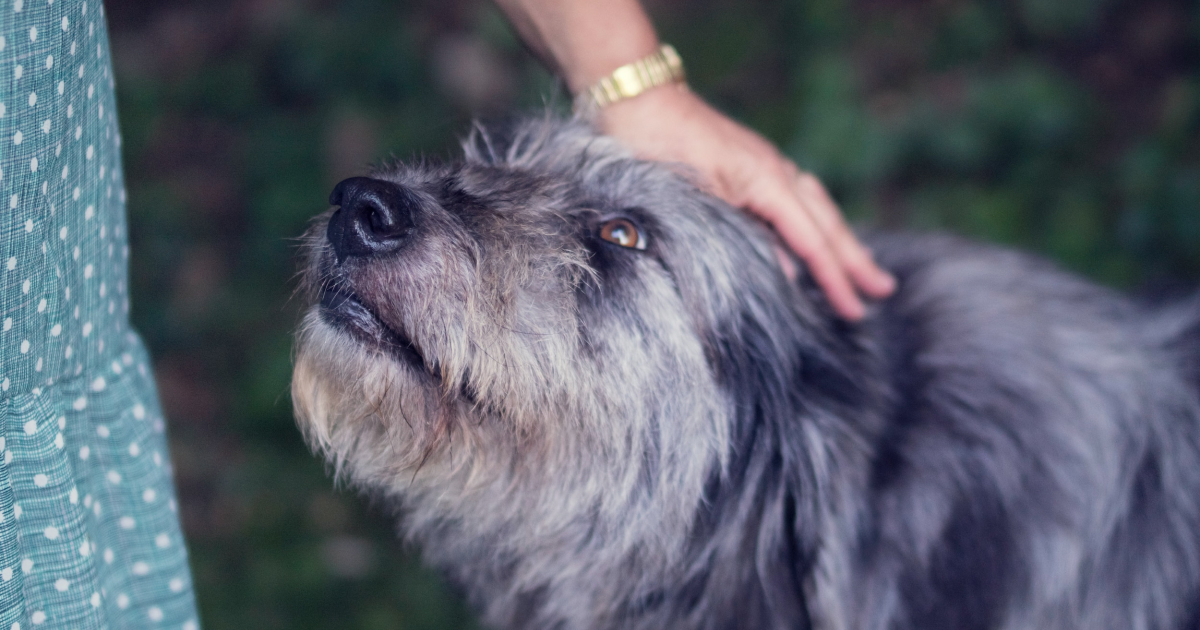
The itchiness, redness, inflammation and hair loss associated with allergies happen because your dog’s immune system is overreacting to some type of stimulus, and attacking it as if it were a severe infection of the coat or skin.
Your dog may experience chronic allergic reactions to environmental contaminants like mold, dust or pollen, pests like biting fleas, or foods they have trouble digesting or processing. Constant itching is a clear sign of allergies, as are hives and bumps suddenly appearing out of nowhere.
How to Treat Allergies in Dogs
You can use shampoos that cleanse and soothe the skin for immediate relief. The latter types of shampoo often contain oatmeal, which does an excellent job of reducing inflammation on irritated skin.
Ultimately, the best way to treat allergies in dogs is to take them to the vet. You can also attempt to identify the cause of the allergy through careful observation and analysis of their diets and environmental exposures. Once you’ve pinpointed the likely culprit, you can change your dog’s food or move them to a different environment to eliminate their vulnerability to the suspected allergen.
Ringworm
Despite the ‘ringworm’ moniker, this fungal infection of the skin is caused by microbial agents known as dermatophytes. The spores of dermatophytes can easily be passed from an infected animal to your dog, or your dog could pick up the spores from a contaminated surface of some type.
Once an infection develops, it will cause round or circular lesions (this is where the ‘ringworm’ label comes from) marked by itchiness and hair loss. The lesions may develop all over the body. Even if they seem to heal, they will leave behind annoying scabby patches.
How to Treat Ringworm in Dogs
You should shave the hair off spots infected by ringworm and apply shampoos to clean and disinfect the scabby or scaly areas. In addition to regular shampooing, you’ll need to administer anti-fungal medications to help your dog eliminate what can be a problematic and persistent infection. You’ll also want to clean the environment your dog is living in to eliminate any dermatophyte spores that might have contaminated these areas.
You should be able to recognize ringworm infections based on their distinctive circular shape and the hair loss they cause. When ringworm is suspected, your vet can recommend the proper anti-fungal medications for this condition while giving you a timeline for a final cure.
Parasites and Pests

Fleas, ticks, mites and lice are invasive pests that can cause such skin infections in dogs. Once an infestation has been confirmed, you’ll need to begin treatment immediately (these creatures often carry diseases that can harm both dogs and humans).
In the case of fleas and ticks, you can see them if you look closely, but lice and mites are too small to be seen with the naked eye and can only be identified indirectly.
How to Treat Parasites and Pests in Dogs
Flea and tick removal and prevention can be achieved through the use of topical substances that kill parasites or through the use of flea and tick collars. Ear mites can be eliminated with topical substances and careful cleaning. Lice must also be treated with chemical substances that are safe for your dog but deadly to pests and parasites.
While many anti-parasite products are available over the counter, you should consult your veterinarian for advice on the best treatments. It can take a long time before a parasite problem is definitively solved. During that time, you’ll need to bathe your dog regularly with a special shampoo that soothes their skin and helps make them more resistant to parasite predation.
Other Infections and Conditions
There are, in fact, many reasons why your dog’s skin might suddenly become overly dry or moist, itchy and inflamed, or exposed due to unexpected hair loss. Some other skin disorders that can plague your dog include:
- Mange. This condition, an outgrowth of a mite infection, manifests as severe itching and hair loss in patches on the face and legs.
- Folliculitis. A dog’s hair follicles can become inflamed and swollen, causing sores, bumps and scabs to form. This often results from another underlying skin condition.
- Impetigo. Most often affecting puppies, this condition is revealed by the presence of blisters on a dog’s belly that will eventually break and scab over.
- Lupus. This autoimmune disorder tricks a dog’s immune system into attacking the cells of the skin, which leads to open sores that crust over but don’t completely heal.
- Cushing’s Disease or Hypothyroidism. These two serious metabolic conditions can cause dry and irritated skin and hair loss in dogs. Only a veterinarian can diagnose these conditions, which should be treated rapidly once they develop.
How to Treat Other Infections and Conditions in Dogs
Infections and other skin and coat problems in dogs will almost always be treated by a combination of anti-fungal, anti-bacterial or moisturizing cremes, ointments and shampoos, administered according to a regular and consistent schedule. Depending on the severity of the skin disorder, your veterinarian may prescribe or recommend oral medications with anti-fungal or antibiotic properties.
Improving Your Dog’s Skin and Coat Health
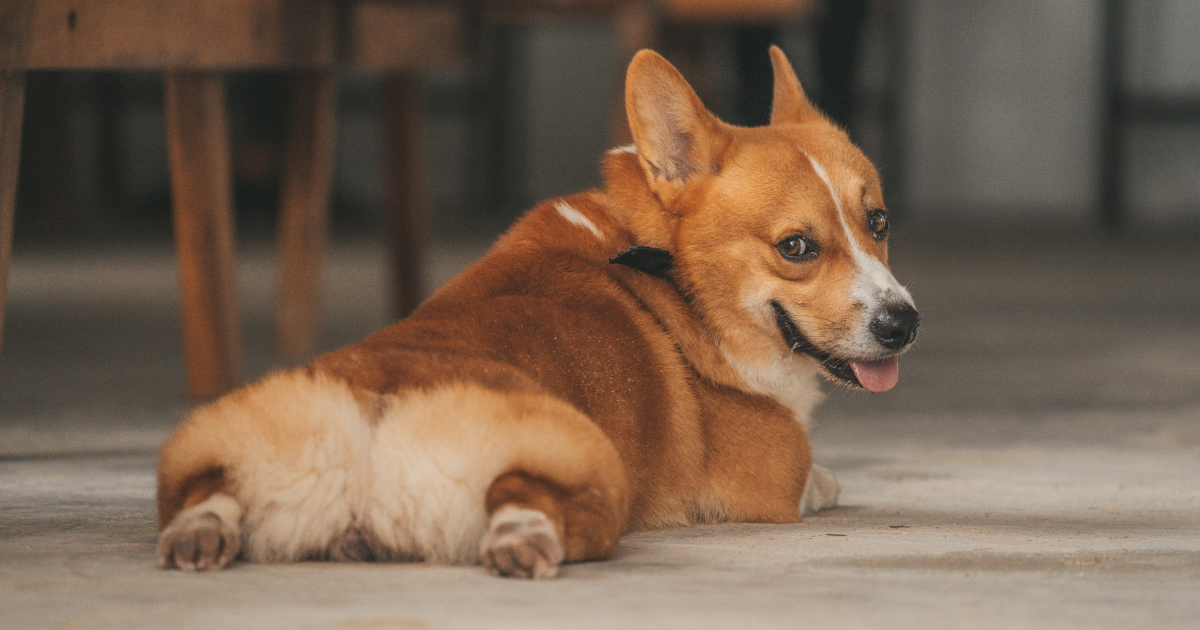
It has often been said that an ounce of prevention is worth a pound of cure, which undoubtedly applies to your dog’s skin and coat health. You should develop a comprehensive plan of action that promotes skin restoration and protection in your dog, incorporating proven methods for regenerating damaged skin and hair.
Skin and Coat Hygiene
Brushing your dog’s coat regularly and thoroughly every two-to-four days, depending on their breed and hair thickness, can profoundly impact their skin and fur. Regular brushing stimulates the skin to produce more natural oils, combating excessive dryness and flaking. It also encourages more rapid and vigorous hair follicle growth, offering extra protection against irritants that might otherwise easily reach a dog’s skin.
You’ll want to bathe your dog at least once every two weeks and more frequently if they are prone to getting dirty. The shampoos you use should be formulated for dogs and made from natural ingredients.
In addition to regular brushing and bathing, you should treat your dog’s coat and skin with moisturizing and healing substances. The list of possibilities includes the following:
- Oatmeal. You can prepare a rejuvenating oatmeal bath by grinding one cup of oatmeal to a flour-like consistency and mixing it in lukewarm bathwater in a tub. Oatmeal baths will reduce skin inflammation and help restore the skin and coat to a more soft and supple state.
- Vitamin E Oil. Applied directly to the fur or skin, Vitamin E oil will encourage healing and make the skin much softer.
- Apple Cider Vinegar. This can halt yeast overgrowth and help fight fungal and bacterial infections of all types. A diluted solution of apple cider vinegar and water can be sprayed or dabbed onto skin patches showing redness or inflammation.
Optimal Nutrition

Dogs experiencing problems with dry, irritated and inflamed skin often consume a nutritionally unbalanced diet. Dogs who eat nothing but commercially prepared dog food are highly likely to develop a range of health issues over time, including problems with their skin and fur.
To help restore your dog’s skin and coat to a superior quality, you should feed them a well-balanced diet high in protein, minerals, vitamins and antioxidants. You should also add plenty of Omega-3 and Omega-6 fatty acids to their diet (it’s found in redfish like salmon and mackerel) since these essential substances can restore dry and chapped skin while promoting the growth of a thick and shiny coat. An occasional teaspoon of olive oil, sunflower oil, or unsweetened yogurt added to your dog’s diet can promote excellent digestion, which in turn helps keep the skin and coat in tip-top condition.
One of the surest ways to guarantee your dog’s diet is balanced and healthy is to enroll them in a PetPlate meal plan. We will supply you with vet-designed meals that contain all the essential elements of a nutritious and balanced diet. You’ll be able to rest easy knowing you’re doing everything you can to keep your dog fit and healthy, and prepared for all of life’s challenges. You can even give them an extra boost of good medicine by purchasing an ample supply of our soft chew supplements, which can help support a range of health needs!
Talk to Your Vet
It’s always advised to consult your veterinarian for advice. They can let you know exactly what the problem is and what you can do to address it.
Dog Skin and Coat Health FAQs
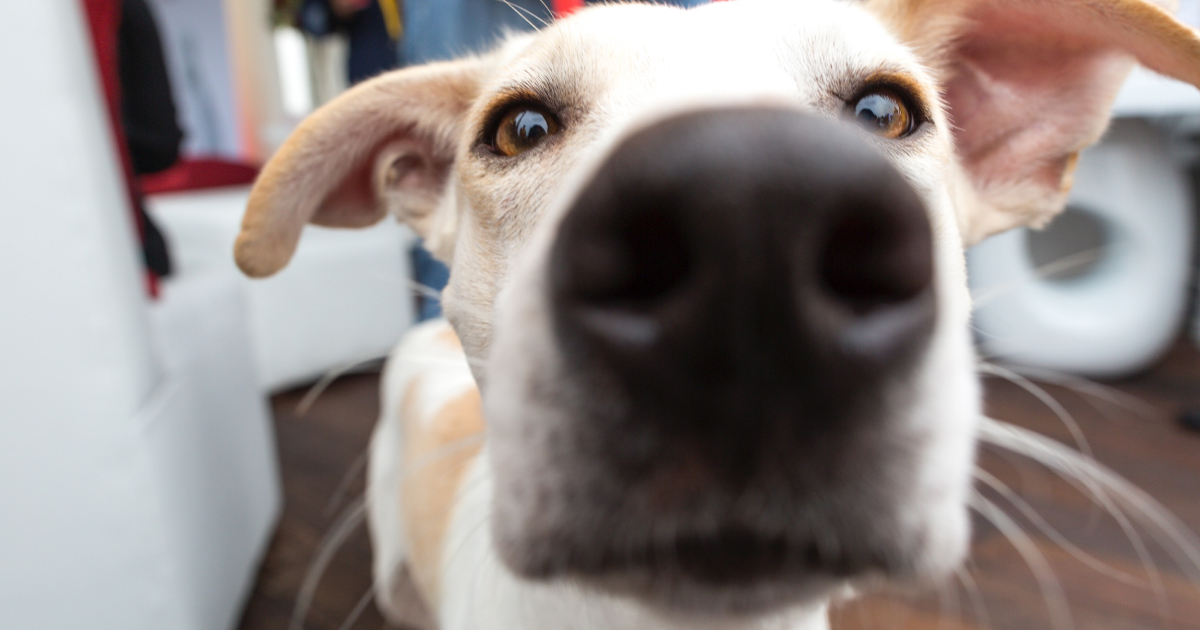
Here’s everything a pet parent wants and needs to know about skin and coat health.
Why does my dog have dry, flaky skin and scabs?
This may be caused by any number of factors, including parasites, allergies, bacterial or fungal infections, or a more serious medical condition linked to faulty genetics. Scabs could mean they’re scratching a lot in response to how terribly their skin itches.
What can I put on my dog for dry skin?
You can reverse a dry skin problem by applying ointments and creams that soothe irritation and moisturize the skin. You should also use shampoos containing moisturizing ingredients or try home remedies that use substances like vitamin E oil or oatmeal that can help restore your dog’s skin to a healthier state.
What foods are suitable for a dog’s skin and coat?
Foods or fish oil supplements high in Omega fatty acids can significantly improve your dog’s skin and coat health. You should supply them with foods rich in vitamins and minerals since skin problems and hair loss are often side effects of serious nutritional imbalances.
How can I improve my dog’s skin and coat?
The best way to keep your dog’s outer layers shiny and healthy is to brush and bathe them regularly. You shouldn’t do this only in response to actual skin issues, but all the time as a preventive measure.
What is the best dog food for dogs with dry and itchy skin?
Ideally, you should treat your dog to meals that are comprised of human-grade ingredients that have been specifically chosen for their nutritional qualities. The foods they consume most often should be high in proteins since these are the building blocks of healthy skin and fur.
How can I treat my dog’s skin allergies?
Allergies are best treated by identifying and eliminating the foods or environmental contaminants causing the allergic reaction. You can figure out what these are through careful observation and making correlations between your dog’s exposures and the development of rashes, hives or bumps associated with their allergies. Once you know precisely what is causing the allergie, you’ll need to alter your dog’s diet or living conditions to protect them from these triggers.
The Best Dog Food for Healthy Skin and Coat

PetPlate entrees contain essential vitamins and minerals and critically important fatty acids to support your dog’s skin and coat health. In addition, our Up to Fluff soft chew supplements are made with salmon oil, biotin and zinc methionine, and specifically designed to support skin and coat regeneration.
Your dog’s skin and coat health directly reflects their diet. If they have chronic or persistent problems, it’s time to evaluate what you’re feeding them. PetPlate offers 100% human-grade, vet-designed meals that promote great nutrition and full-body vitality!